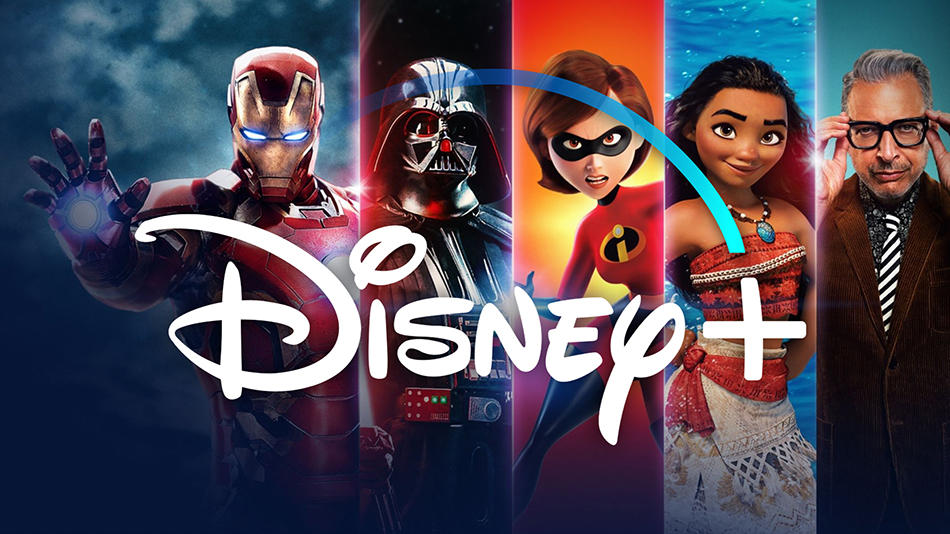
The real question around Disney’s decision to launch an ad-supported Disney Plus offering isn’t whether it’s a good move. Rather, it’s when are they going to take the next step and launch a free ad-supported streaming TV service (FAST) that can compete with Paramount’s Pluto TV, NBCU’s Peacock and Fox’s Tubi?

While much of the focus has been on Hulu and Disney Plus, the industry seems to have forgotten that Disney also owns ABC, which is still one of the largest broadcast groups in the U.S.
ABC is still very much a factor on linear TV. With shows like the very buzzy Abbott Elementary, and stalwarts Grey’s Anatomy, The Goldbergs, Black-ish, American Idol, The Bachelor and Dancing With The Stars, they are most definitely a force to be reckoned with.
While all of the aforementioned series wind up on Hulu, which is already ad-supported, rather than Disney Plus, the company needs to begin thinking holistically about how it positions all of its offerings, and a three-tier system similar to what rivals Paramount and NBCU have on offer very much seems to be the way of the future.
By maintaining a FAST, subscription ad-supported service (AVOD) and subscription ad-free service (SVOD), the major U.S. TV giants will have the right combination for total world domination.
World, of course, being the key word here.
It’s easy to forget that most of the world is not like the U.S or Europe and that what might seem like an exceptionally low price for Western audiences is actually above and beyond the budgets of most people in the emerging economies of Africa, Asia and Latin America.
The smarter way to stay on top of the streaming and OTT industry. Sign up below.
That is one reason why the three-tier system is likely to be the future.
The other is churn.
With nine major subscription streaming services (I call them “Flixes”) on the scene, most of which seem to have fairly similar offerings, it’s not surprising that consumers are flitting in and out of the various services on a fairly constant basis.
That’s not a good thing in general, particularly if you are selling advertising, as you need to be able to guarantee the size of the potential audience. By adding in a FAST service, one that has the sort of unique programming that the various broadcast networks have exclusive rights to, there is less chance of churn since there’s always an option to watch for free.
The Funnel Effect
The trick of course is to create a funnel, so that enough viewers wind up being subscribers, which creates an alternative revenue stream. That said, the ability to keep viewers in the ecosystem, even if they are just doing some drive-by viewing on the FAST is key, as it allows the Flixes to promote their subscription programming.
One way to encourage this is to get viewers to sign up for the FAST services so they can save their favorite channels and whatnot—an easy enough play on network FASTs with unique programming. That in turn will allow the networks to get a better sense of their audience for ad targeting and promotion purposes.
Having free viewers create accounts will also give them a chance to upsell viewers on their AVOD offerings, or, when more appropriate, to “single serve” TVOD offerings — a specific movie or TV series. Again, this creates more stickiness and the ability to create greater market share, which comes into play when production companies are deciding which service to sell their movies or series to.
As for Disney, the next move would seem to be creating a FAST service, especially as the company expands internationally.
The obvious choice for that would seem to be Hulu, which at one point did have a free version and can easily be reconfigured so that certain content available on AVOD is no longer part of the FAST offering.
Depending on rights issues, it would probably make sense to also throw in some “sampler” programming from Disney Plus and ESPN Plus, whether it is just a few teaser episodes or the entire first season of an older library show. That would serve to make the service seem more unique and offer an on-ramp to convert FAST viewers to AVOD subscribers.
The service would be attractive to advertisers looking to reach a broader audience attracted by free access to ABC’s content. If the goal of CTV advertising is to achieve incremental reach to make up for lost viewers on linear, it stands to reason that many of those viewers will be watching linear advertising on a FAST.
So while Disney’s ad-supported subscription play for Disney Plus is, as many analysts have suggested, in many ways just a plan to juice the subscriber base by offering a very well-priced deal, it’s also an important step for Disney if it is to take full advantage of all its assets.
Alan Wolk is the co-founder and lead analyst for media consultancy TV[R]EV
